Temple Art
Temple art made from brass refers to decorative items crafted specifically for use in temples or inspired by temple motifs. These brass products often feature intricate designs, symbolic patterns, or religious iconography. They serve both decorative and ceremonial purposes, adding cultural richness and spiritual significance to their surroundings.
Product details
Temple art as a brass decorative product encompasses a wide range of ornamental items crafted from brass, a durable and visually appealing metal. These artistic pieces are designed to adorn temples or homes with intricate designs that often depict religious motifs, deities, or cultural symbols significant to various traditions.
Craftsmen create temple art using traditional techniques such as casting, engraving, and polishing to achieve detailed textures and finishes that enhance their aesthetic appeal. Some pieces may be adorned with gemstones or painted in vibrant colors to further enrich their visual impact.
Functionally, temple art serves both decorative and spiritual purposes. In temples, these brass creations adorn altars, walls, or doorways, enhancing the sacred atmosphere and symbolizing devotion. In homes or offices, they serve as reminders of cultural heritage, offering a connection to traditions and beliefs.
Culturally, temple art reflects the artistic prowess and religious devotion of artisans, often carrying deep symbolic meanings tied to spirituality and community identity. As brass decorative products, these items not only showcase craftsmanship but also preserve and transmit cultural values across generations.
Overall, temple art in brass exemplifies the fusion of artistic expression with spiritual symbolism, enriching spaces with beauty, cultural significance, and a sense of reverence.
Shipping and Returns
Shipping cost is based on weight. Just add products to your cart and use the Shipping Calculator to see the shipping price.
We want you to be 100% satisfied with your purchase. Items can be returned or exchanged within 30 days of delivery.
There are no question found.
Quick Comparison
| Temple Art remove | Bull remove | Bastu Standing Tree remove | Flower Pot remove | Sankh remove | Peocock Art remove | |
|---|---|---|---|---|---|---|
| Name | Temple Art remove | Bull remove | Bastu Standing Tree remove | Flower Pot remove | Sankh remove | Peocock Art remove |
| Image | 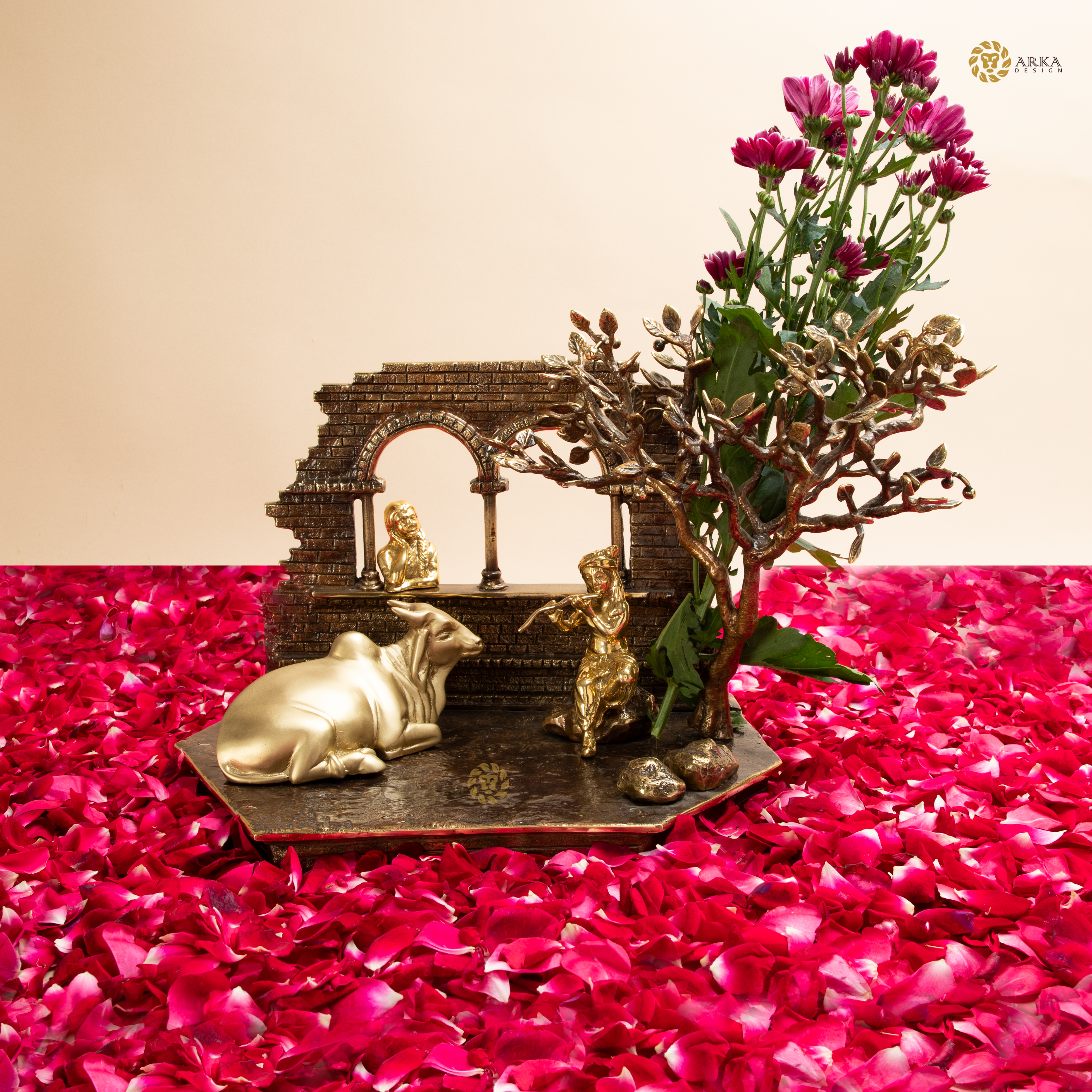 |  | 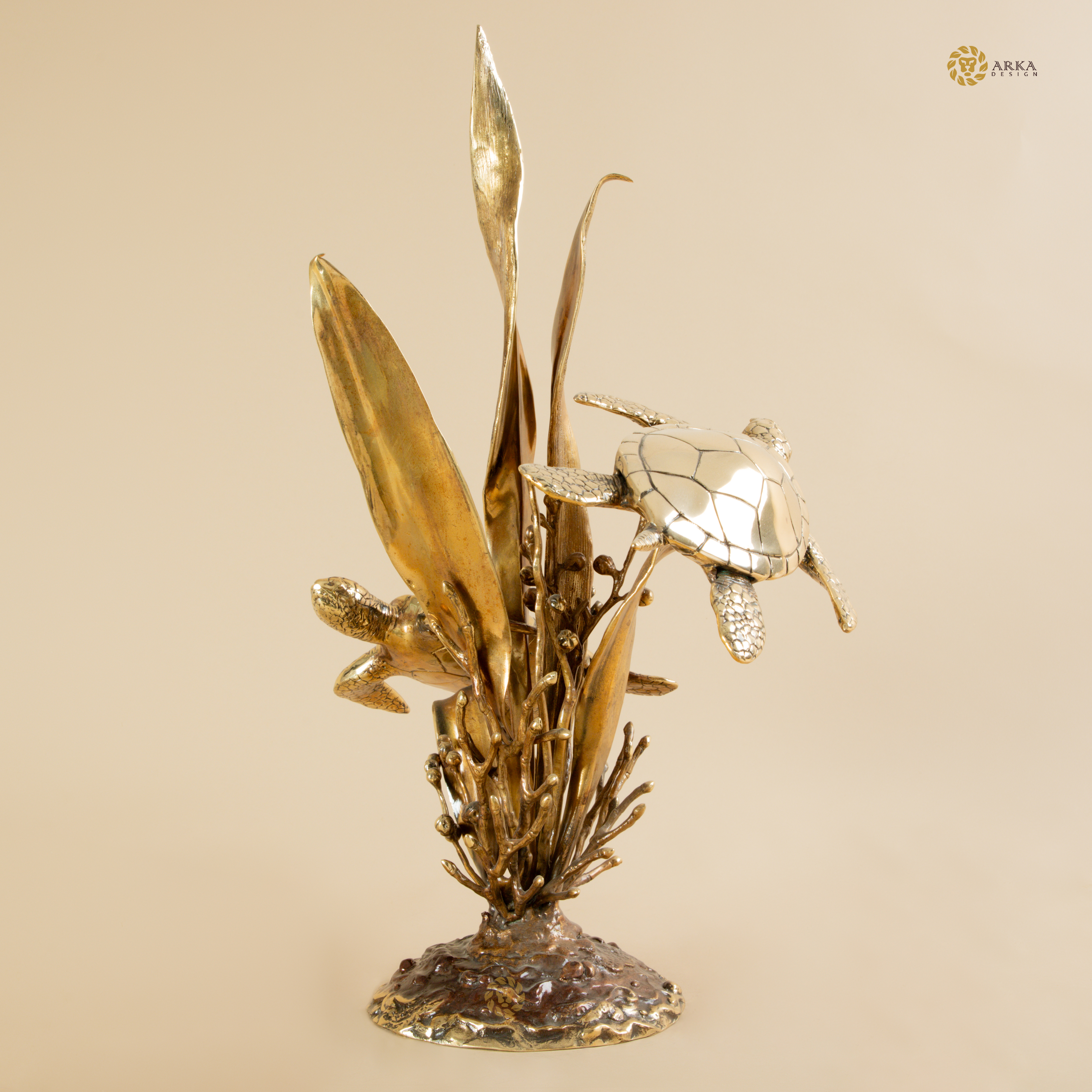 | 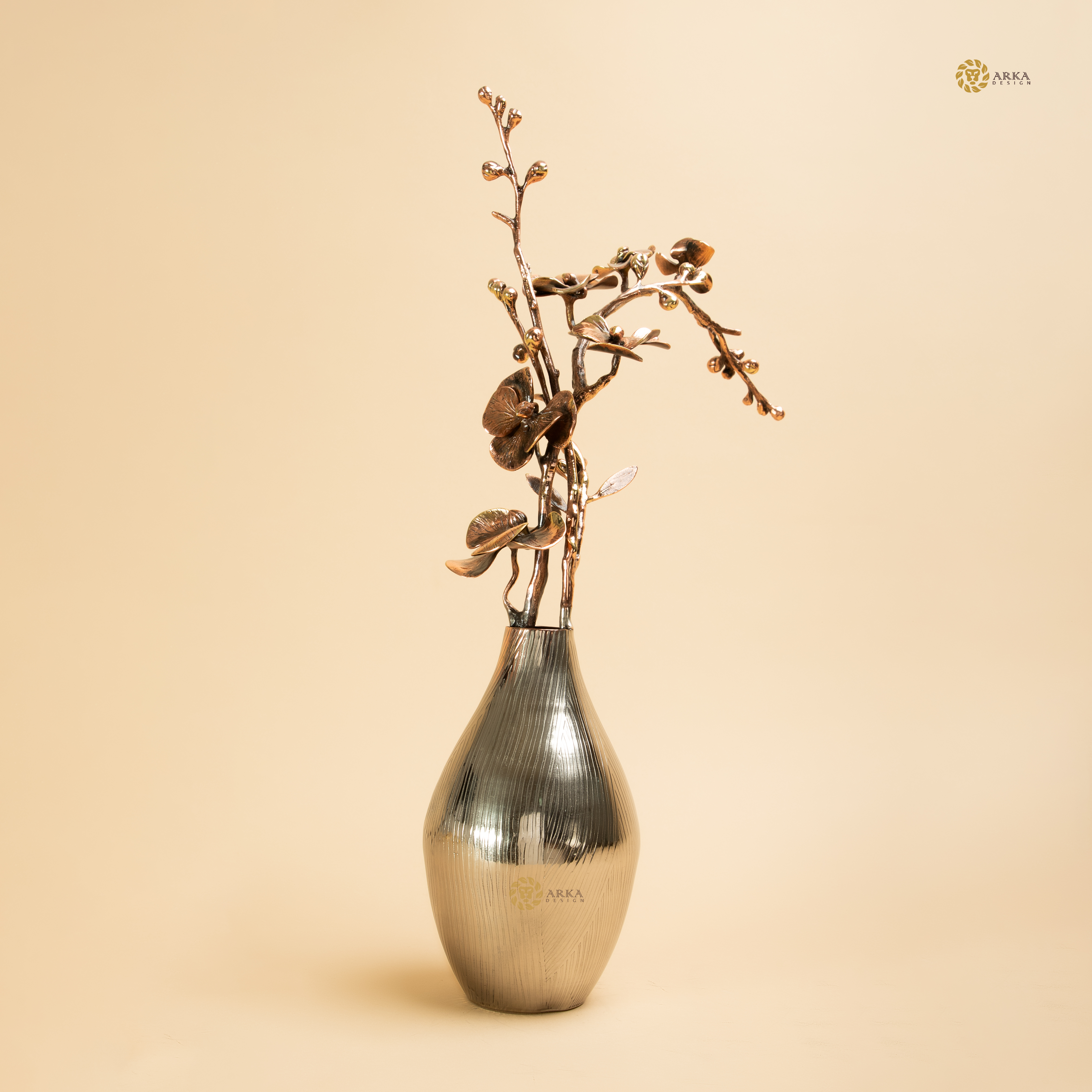 | 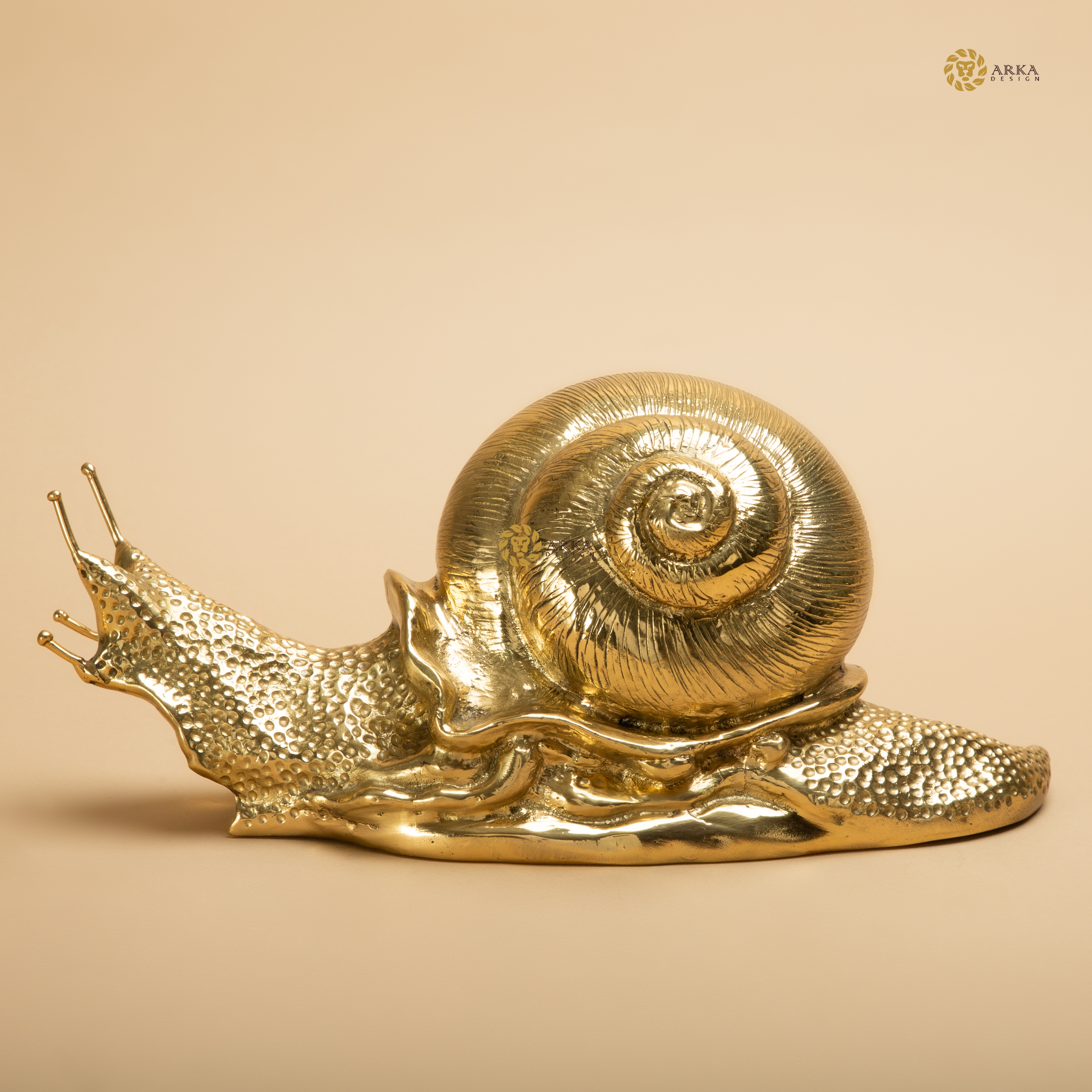 | 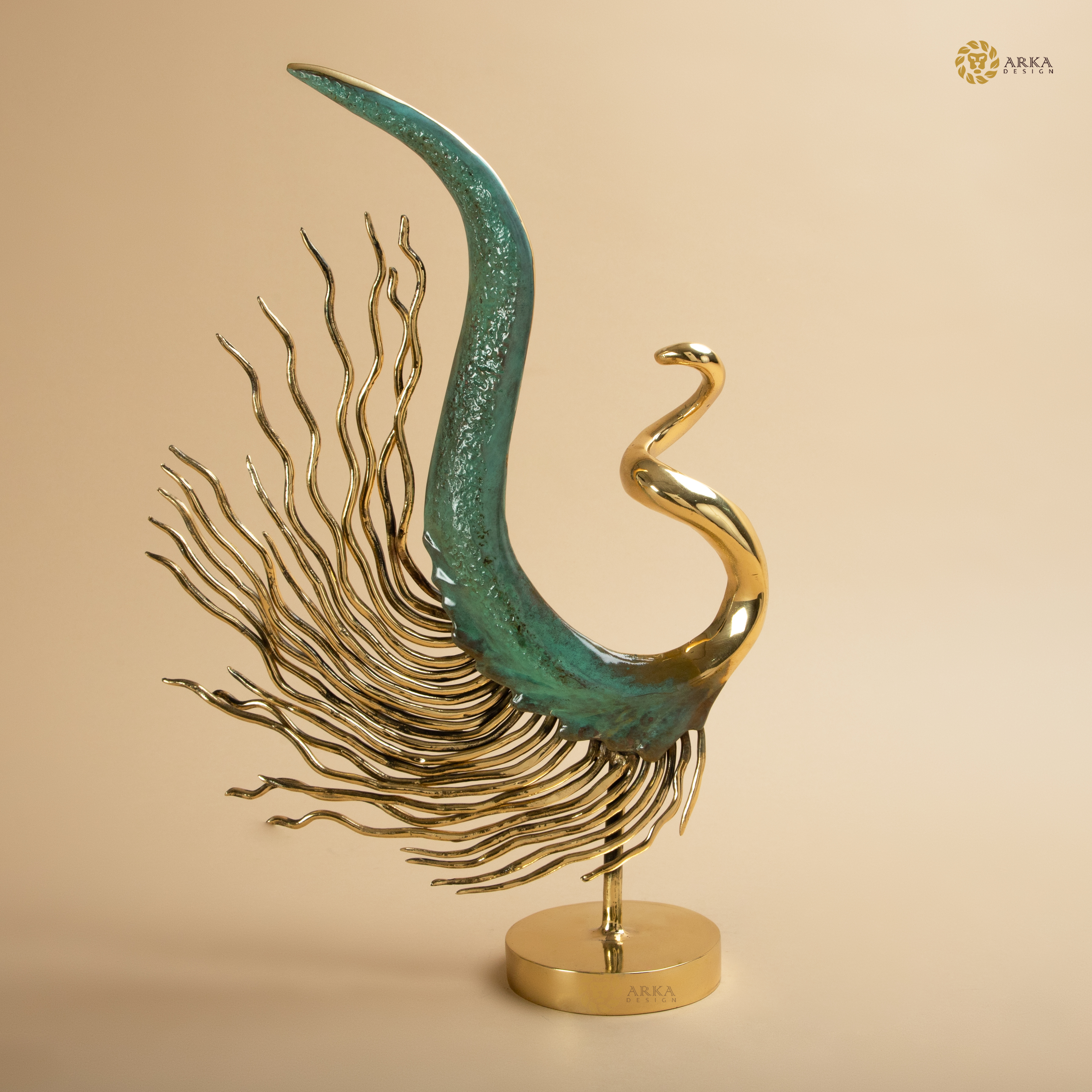 |
| SKU | ||||||
| Rating | ||||||
| Price | ₹35,000.00 | ₹32,000.00 | ₹25,000.00 | ₹10,200.00 | ₹15,000.00 | ₹14,000.00 |
| Stock | ||||||
| Availability | ||||||
| Add to cart | ||||||
| Description | Temple art made from brass refers to decorative items crafted specifically for use in temples or inspired by temple motifs. These brass products often feature intricate designs, symbolic patterns, or religious iconography. They serve both decorative and ceremonial purposes, adding cultural richness and spiritual significance to their surroundings. | A bull made from brass is a decorative sculpture crafted from durable brass metal, typically portraying the form and features of a bull. It serves as an ornamental piece, adding a touch of rustic charm and cultural flair to any space with its golden hue and intricate details. | A Bastu standing tree related to brass is a decorative sculpture or ornament crafted from brass. It showcases the durability and attractive golden hue of brass, designed to resemble a tree and enhance the aesthetic appeal of indoor or outdoor spaces. | A flower pot made from brass is a decorative item crafted from durable brass metal, typically used for planting flowers or small plants. It adds elegance and charm to indoor or outdoor spaces with its golden hue and often intricate designs. | A sankh made from brass is a decorative item shaped like a conch shell, crafted from durable brass metal. It serves as an ornamental piece, often used in cultural or spiritual contexts, adding a touch of traditional charm and artistic flair to any setting. | A brass modern peacock table top décor is a decorative item crafted from brass, designed to resemble a peacock in a modern artistic style. It serves as an elegant and eye-catching addition to tables or shelves, showcasing intricate craftsmanship and adding a touch of sophistication to any space. |
| Content | Temple art as a brass decorative product encompasses a wide range of ornamental items crafted from brass, a durable and visually appealing metal. These artistic pieces are designed to adorn temples or homes with intricate designs that often depict religious motifs, deities, or cultural symbols significant to various traditions. Craftsmen create temple art using traditional techniques such as casting, engraving, and polishing to achieve detailed textures and finishes that enhance their aesthetic appeal. Some pieces may be adorned with gemstones or painted in vibrant colors to further enrich their visual impact. Functionally, temple art serves both decorative and spiritual purposes. In temples, these brass creations adorn altars, walls, or doorways, enhancing the sacred atmosphere and symbolizing devotion. In homes or offices, they serve as reminders of cultural heritage, offering a connection to traditions and beliefs. Culturally, temple art reflects the artistic prowess and religious devotion of artisans, often carrying deep symbolic meanings tied to spirituality and community identity. As brass decorative products, these items not only showcase craftsmanship but also preserve and transmit cultural values across generations. Overall, temple art in brass exemplifies the fusion of artistic expression with spiritual symbolism, enriching spaces with beauty, cultural significance, and a sense of reverence. | A brass bull as a decorative product is a sculpture crafted from brass, a durable and aesthetically pleasing metal known for its golden hue. These sculptures are often intricately detailed, capturing the muscular form, horns, and other distinctive features of a bull. They may be polished to a high sheen, adorned with textured surfaces, or engraved with decorative patterns. Functionally, brass bull sculptures serve as ornamental pieces in homes, offices, or public spaces, adding a rustic and cultural touch to the décor. They can be displayed indoors or outdoors, depending on their size and design, and often become focal points that draw attention due to their artistic craftsmanship. Culturally, bulls hold symbolic meanings in various contexts, symbolizing strength, fertility, or even financial prosperity in some cultures. As brass decorative products, these sculptures not only showcase the skill of the artisans but also carry cultural significance, reflecting traditions and beliefs associated with bull imagery. Overall, a brass bull sculpture exemplifies the fusion of artistic expression and cultural symbolism in decorative arts. It celebrates the enduring allure of brass as a medium for creating visually captivating and culturally resonant sculptures that enhance living spaces with their beauty, craftsmanship, and symbolic value. | In the realm of crafting and decor, a bastu standing tree related to brass refers to a decorative sculpture or ornament primarily made from brass—a durable metal known for its golden color and resistance to corrosion. These bastu standing trees are crafted to mimic the natural form of trees, complete with branches, leaves, and sometimes roots, meticulously shaped and polished to highlight the beauty and luster of brass. These brass standing trees come in various sizes and styles, from small tabletop sculptures to larger floor-standing pieces suitable for indoor or outdoor spaces. They often feature intricate details such as engraved patterns, embossed textures, or even gemstone embellishments, showcasing the artisan's skill in metalwork and design. Functionally, brass bastu standing trees serve as both decorative accents and symbolic representations. Indoors, they enhance the ambiance of living rooms, offices, or hallways, adding a touch of elegance and sophistication. Outdoors, they can beautify garden landscapes or serve as focal points in public areas, contributing to the aesthetic and cultural significance of their surroundings. Culturally, standing trees crafted from brass may hold symbolic meanings depending on their design and context. They can symbolize growth, strength, or the beauty of nature in various cultural traditions. In some cultures, tree motifs are associated with spiritual beliefs or ancestral connections, adding deeper meaning and significance to their decorative role. Overall, brass bastu standing trees exemplify the fusion of artistic expression and material durability. They celebrate the enduring allure of brass as a medium for creating visually captivating and meaningful representations of nature, appreciated for their craftsmanship, aesthetic appeal, and cultural resonance. | A flower pot made from brass is a decorative container crafted from durable brass metal, known for its golden hue and resistance to corrosion. These pots are designed to hold plants and flowers, serving both functional and aesthetic purposes. Typically, brass flower pots feature a smooth or textured surface, often adorned with engraved patterns, embossed designs, or even semi-precious stone inlays, showcasing the craftsmanship and artistic flair of the artisans. They come in various sizes and shapes, from small tabletop pots to larger floor-standing ones, suitable for indoor or outdoor use. Functionally, brass flower pots provide a sturdy and elegant base for plants, enhancing the beauty of gardens, balconies, or interior spaces. The reflective surface of brass adds a touch of sophistication, while its durability ensures long-lasting use even in diverse weather conditions. Culturally, brass flower pots may carry symbolic meanings depending on their design and cultural context. In some traditions, brass is associated with prosperity, beauty, or even spiritual significance, making these pots not just practical but also imbued with cultural and symbolic value. Overall, a brass flower pot combines functionality with artistic craftsmanship, offering a timeless and decorative addition to homes, gardens, and public spaces. It celebrates the enduring appeal of brass as a medium in decorative arts, appreciated for its beauty, durability, and cultural resonance. | A sankh as a brass decorative product refers to a sculpture or ornament shaped in the likeness of a conch shell, meticulously crafted from brass, a durable and aesthetically pleasing metal. The sankh holds cultural and spiritual significance in various traditions, symbolizing purity, auspiciousness, and the divine. These brass sankhs are crafted with attention to detail, often featuring the intricate spiral shape and ridges characteristic of a real conch shell. Artisans may embellish them with engraved patterns, symbolic motifs, or polished finishes to enhance their visual appeal and cultural symbolism. Functionally, a brass sankh serves as a decorative accent in homes, temples, or meditation spaces. It is often displayed on altars, shelves, or sacred spaces, where it adds a sense of reverence and spiritual ambiance. Its reflective surface and warm metallic tones contribute to an atmosphere of tranquility and cultural heritage. Culturally, sankhs hold symbolic meanings across various religious and spiritual practices. They are associated with rituals, ceremonies, and prayers, symbolizing purity, protection, and the call to spiritual awakening. As brass decorative items, sankhs represent a blend of artistic craftsmanship and profound cultural significance, making them cherished additions to religious practices and interior decor alike. Overall, a brass sankh exemplifies the fusion of spiritual symbolism and artistic expression in decorative arts. It honors the enduring appeal of brass as a medium for creating visually captivating and culturally meaningful sculptures that enrich spaces with their beauty, craftsmanship, and spiritual resonance. | A brass modern peacock table top decor is a stylish and artistic piece crafted from brass, a durable and visually appealing metal known for its golden hue. This decorative item is designed to resemble a peacock in a modern artistic interpretation, blending traditional craftsmanship with contemporary aesthetics. These table top decors often feature intricate details such as the peacock's feathers, body contours, and sometimes embellished with semi-precious stones or engraved patterns to enhance their beauty. They are polished to a high sheen, reflecting light and adding a touch of elegance to any surface they adorn. Functionally, brass modern peacock table top decors serve as ornamental pieces in homes, offices, or other interior spaces. They are placed on tables, shelves, or mantels, where they serve as focal points and conversation starters, due to their striking appearance and artistic craftsmanship. Culturally, peacocks symbolize beauty, grace, and extravagance in many traditions, making them popular motifs in decorative arts. As brass decorative products, these items not only showcase the skill of artisans but also carry cultural and symbolic significance, reflecting themes of nature, aesthetics, and artistic expression. Overall, a brass modern peacock table top decor exemplifies the fusion of artistic creativity with cultural symbolism in decorative arts. It celebrates the enduring allure of brass as a medium for creating visually captivating and culturally resonant sculptures that enhance living spaces with their beauty, craftsmanship, and symbolic value. |
| Weight | N/A | N/A | N/A | N/A | N/A | N/A |
| Dimensions | N/A | N/A | N/A | N/A | N/A | N/A |
| Additional information | ||||||
| Sold | 0 | 0 | 0 | 0 | 0 | 0 |
| Shipping |

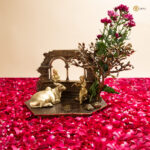
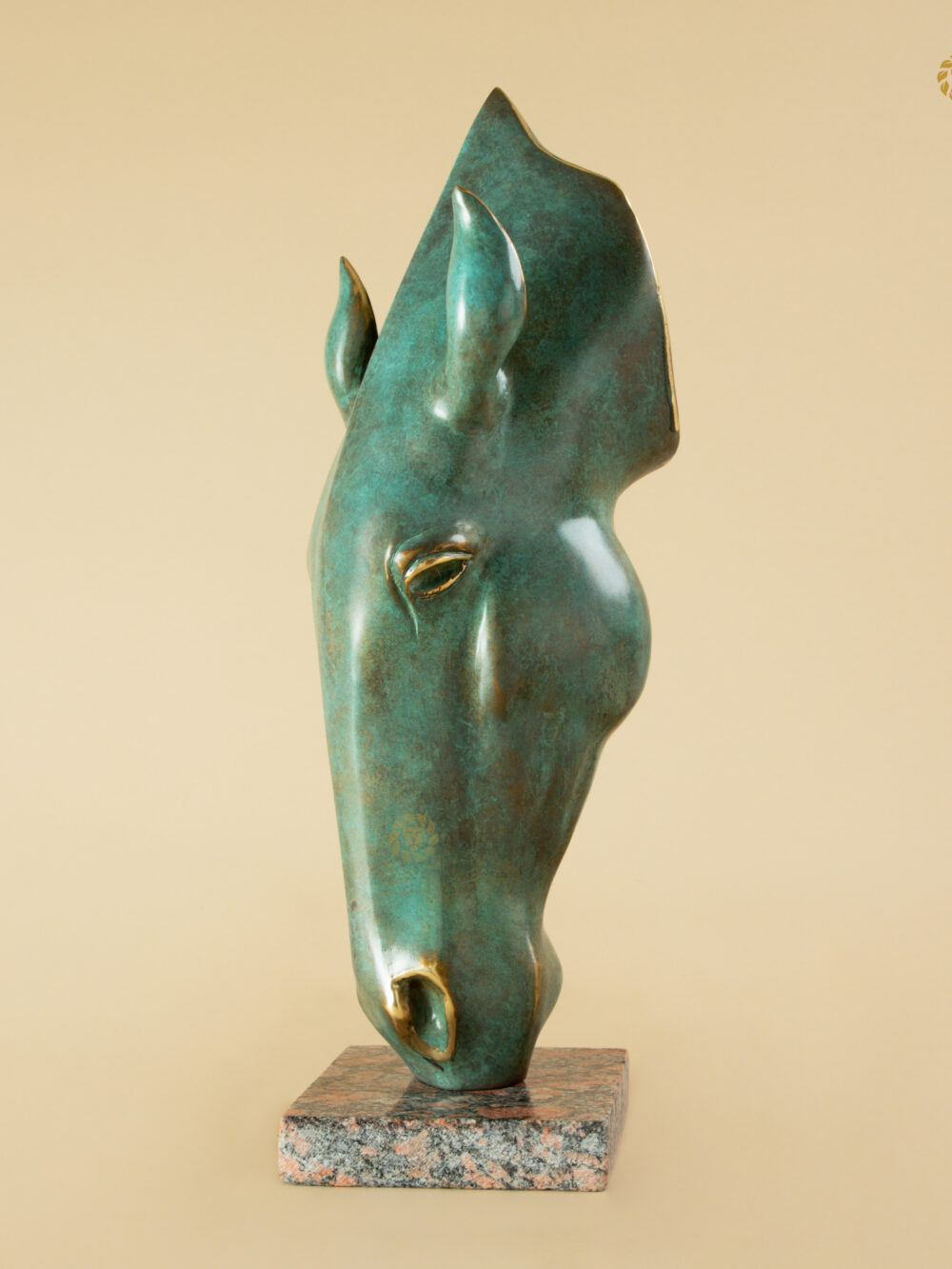
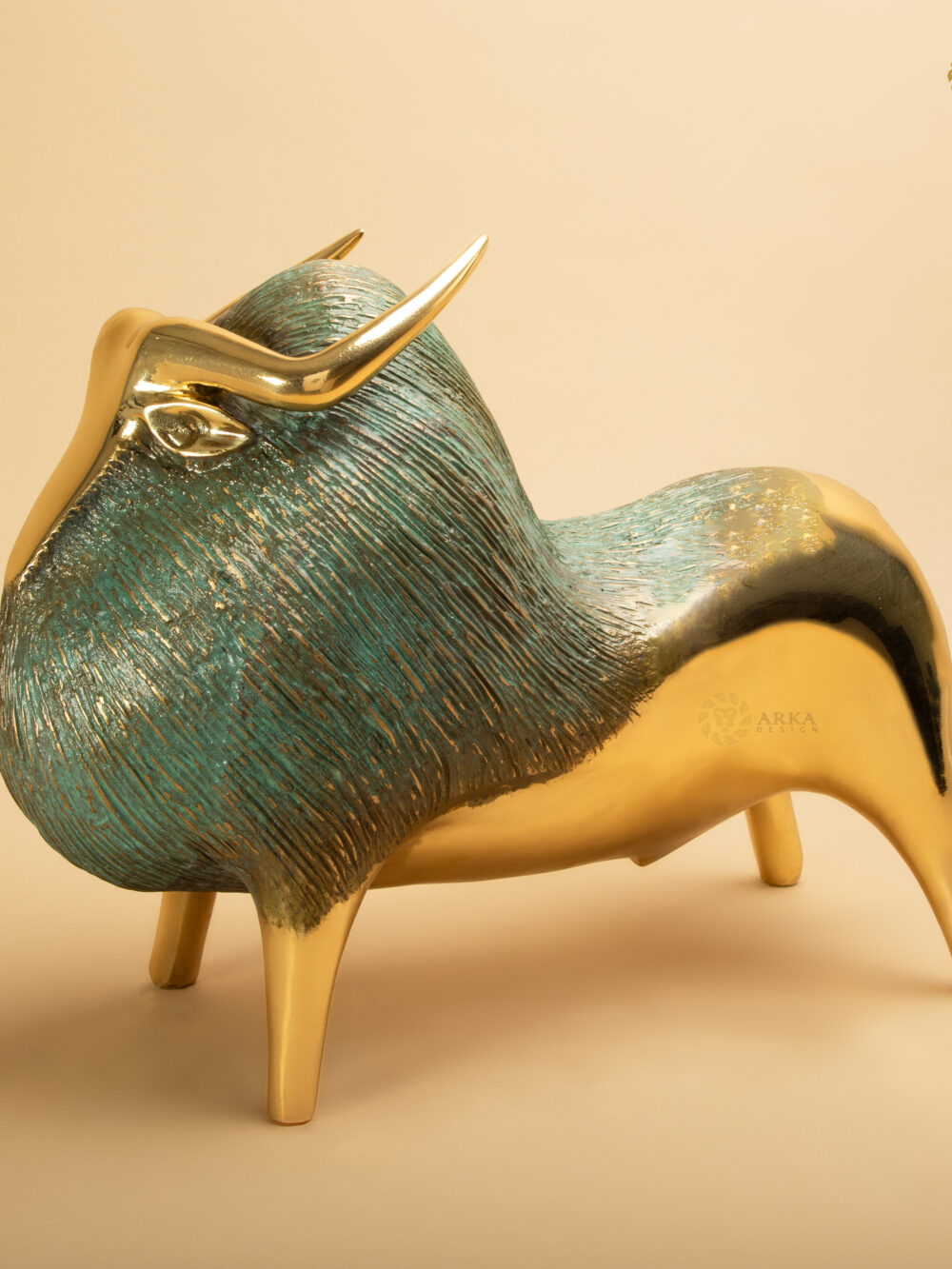
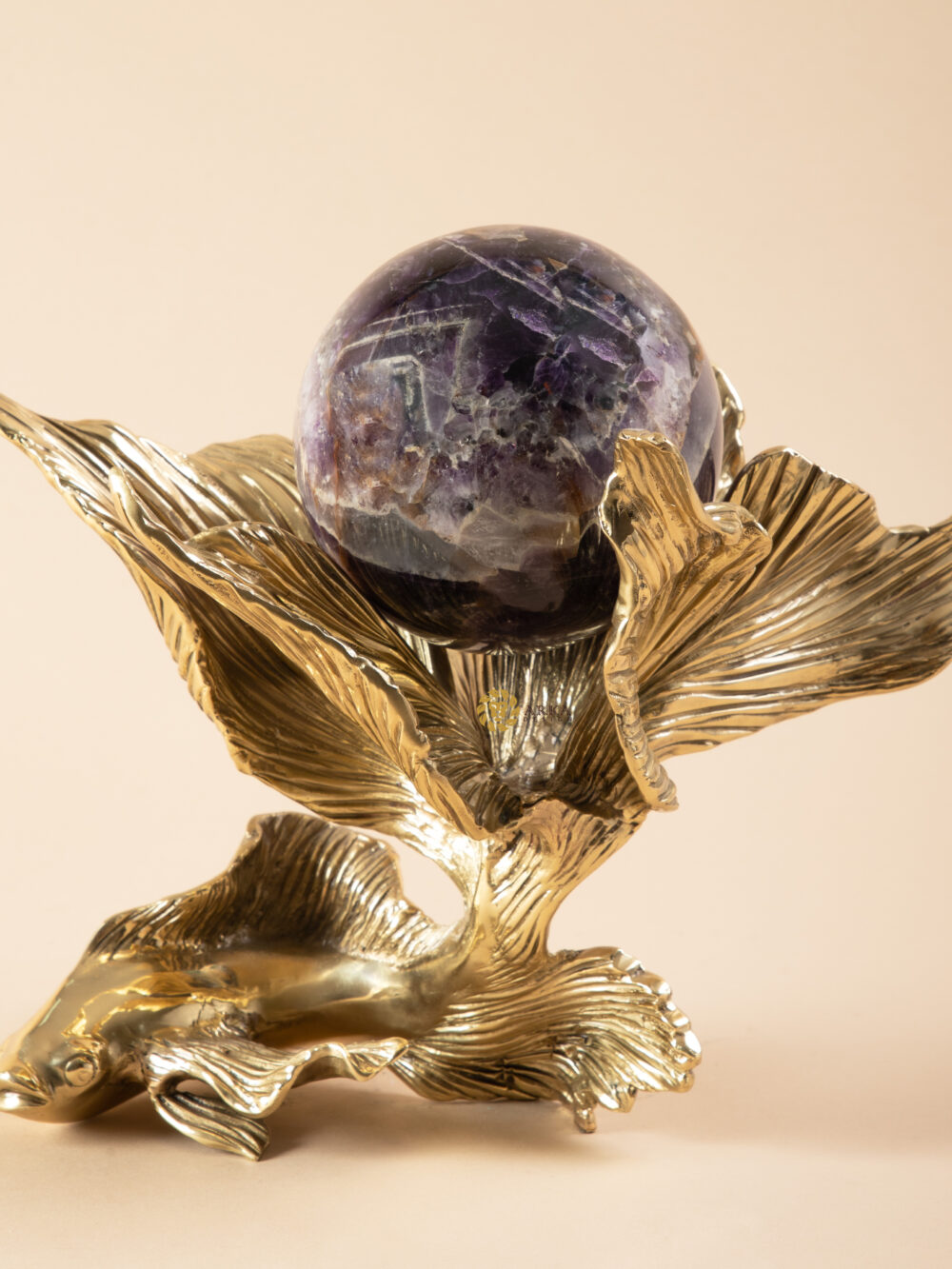
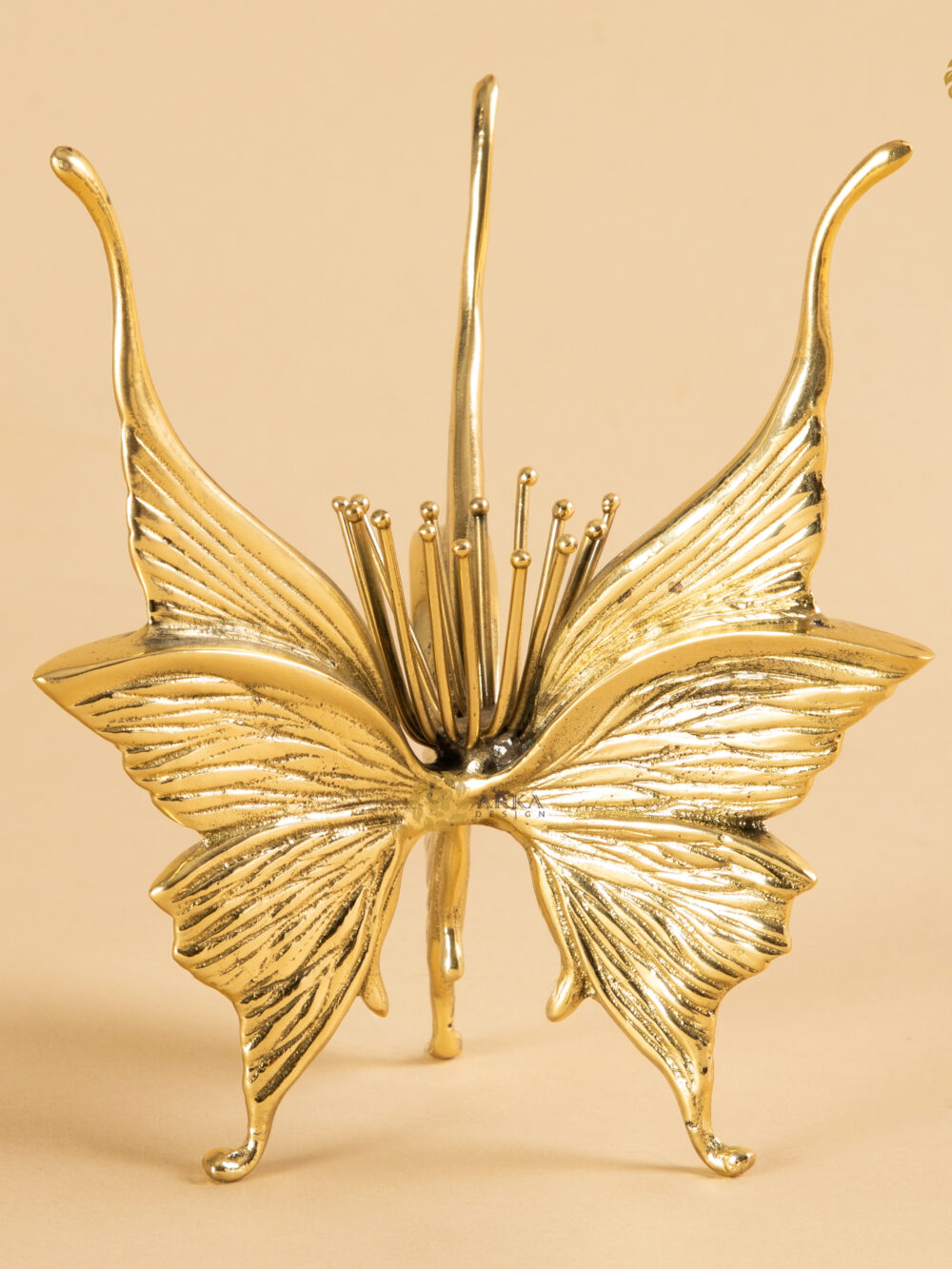
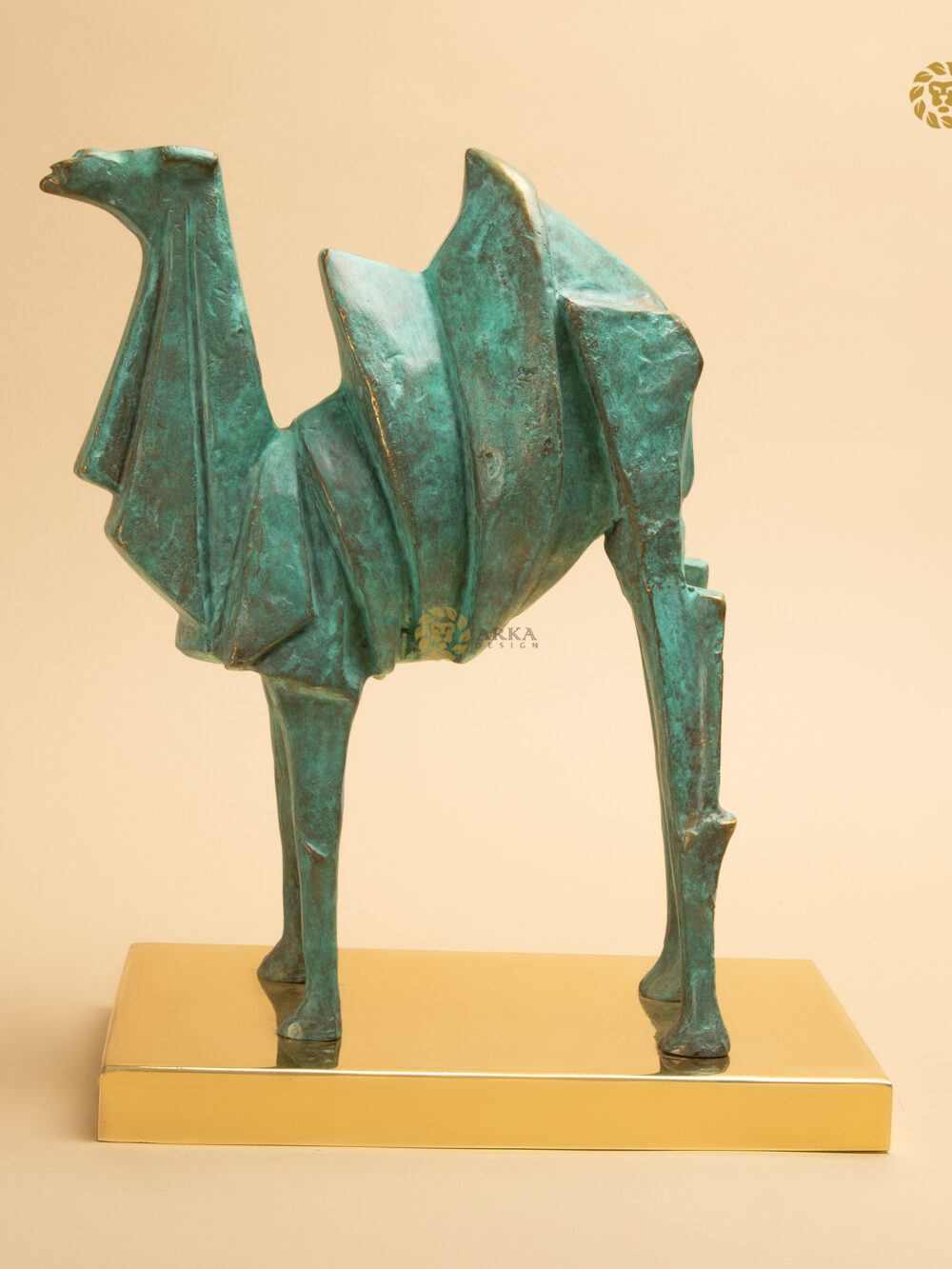
Rating & Review
There are no reviews yet.